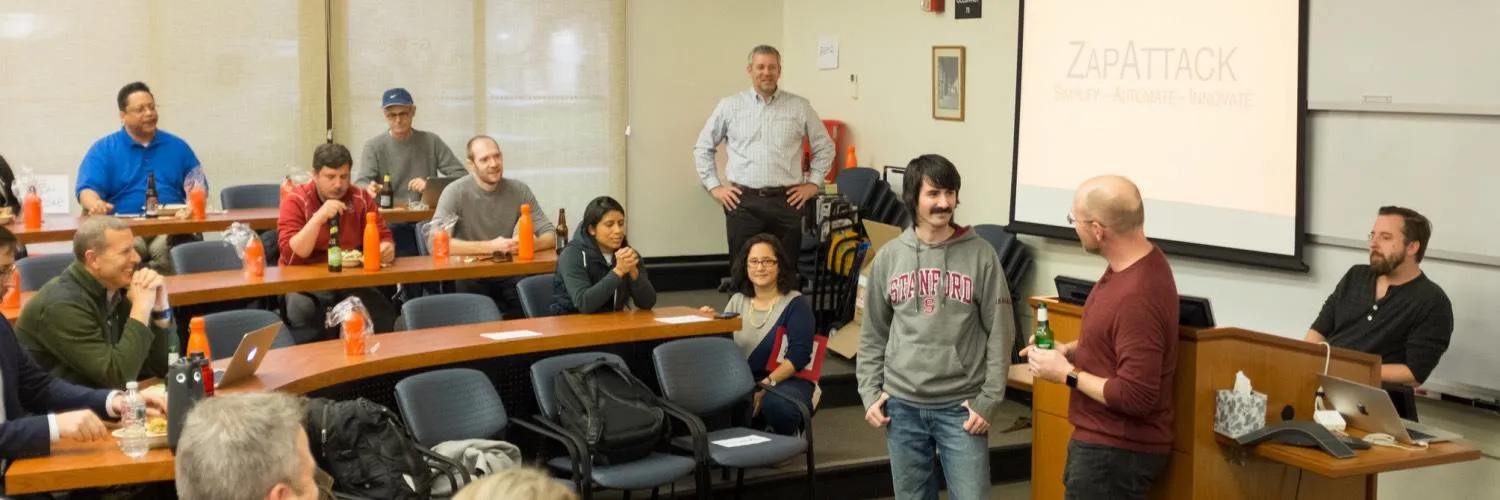The Stanford IT team recently participated in an exciting ''efficiency competition'' aimed at streamlining workflows and enhancing productivity. This initiative not only fostered creativity but also resulted in the development of several ''time-saving workflows'' that can serve as a model for other institutions. By leveraging technology and collaborative efforts, the team managed to devise solutions that significantly cut down on manual tasks and improved overall efficiency.
Understanding the Challenge
The competition challenged teams to identify areas of inefficiency within their existing processes and propose solutions that would save time and resources. The Stanford IT team focused on three primary areas: project management, communication, and data handling. By dissecting these components, the team aimed to build workflows that were not just effective but also easy to implement across various departments.
Innovative Solutions Developed
Throughout the competition, several innovative solutions emerged. Below is a summary of the key workflows created by the Stanford IT team:
| Workflow | Description | Time Saved |
|---|---|---|
| Automated Project Tracking | Implementing a project management tool that automatically updates statuses and deadlines. | 15 hours/week |
| Centralized Communication Hub | Creating a single platform for team discussions, reducing email overload. | 10 hours/week |
| Data Entry Automation | Utilizing scripts to automate routine data entry tasks. | 20 hours/week |
Benefits of the New Workflows
The implementation of these workflows has led to several benefits beyond just time savings. Key advantages include:
- Enhanced Collaboration: The centralized communication hub allows for more streamlined interactions, reducing misunderstandings and increasing team cohesion.
- Improved Accountability: Automated project tracking ensures that each team member is aware of their responsibilities and deadlines, leading to better ownership of tasks.
- Increased Focus: By automating repetitive tasks, team members can concentrate on strategic initiatives that drive innovation and growth.
Measuring the Impact
To quantify the impact of these workflows, the Stanford IT team established key performance indicators (KPIs) to track efficiency improvements. Metrics included time spent on tasks, project completion rates, and team satisfaction levels. The results were promising:
| Metric | Before Implementation | After Implementation |
|---|---|---|
| Average Time Spent on Tasks | 35 hours/week | 20 hours/week |
| Project Completion Rate | 70% | 90% |
| Team Satisfaction Level | 6/10 | 9/10 |
Next Steps and Future Goals
Encouraged by the success of their initial implementations, the Stanford IT team is now looking to expand these workflows further. Future goals include:
- Scaling Automation: The team plans to explore additional automation tools that can be integrated with existing systems to enhance efficiency even further.
- Training and Onboarding: Developing training materials to help other teams within the organization adapt to these new workflows seamlessly.
- Feedback Loop: Establishing a continuous feedback mechanism to ensure that workflows remain relevant and effective as the organization evolves.
Conclusion
The Stanford IT team's participation in the efficiency competition has proven that with a collaborative approach and the right tools, organizations can significantly enhance their operational effectiveness. By focusing on ''time-saving workflows'', the team not only improved their processes but also set a precedent for future initiatives. As other departments look to implement similar strategies, the lessons learned from this experience will undoubtedly pave the way for greater efficiency across the board.
With continued innovation and commitment to improvement, organizations can achieve remarkable results, ultimately leading to a more productive and satisfied workforce.





